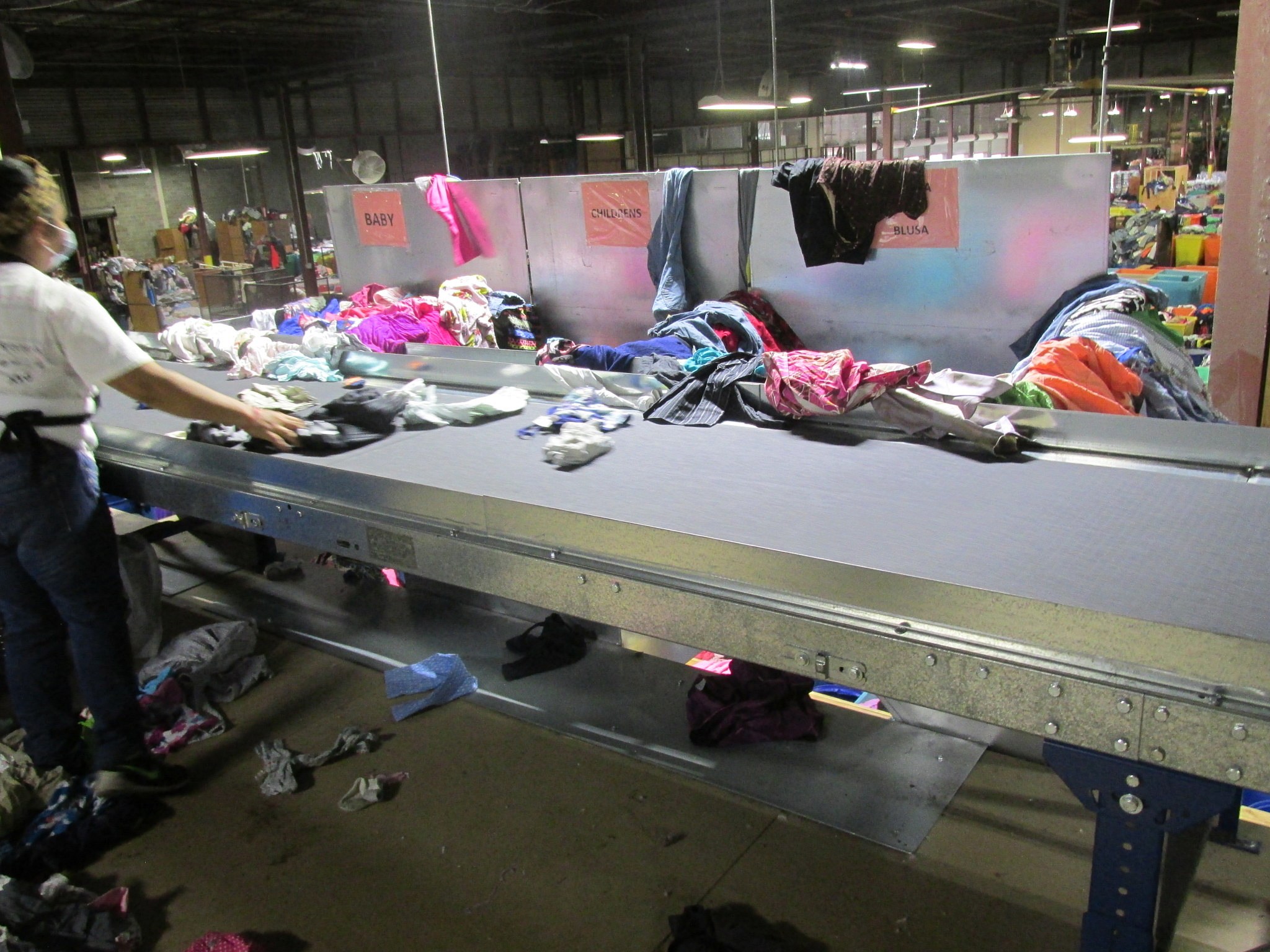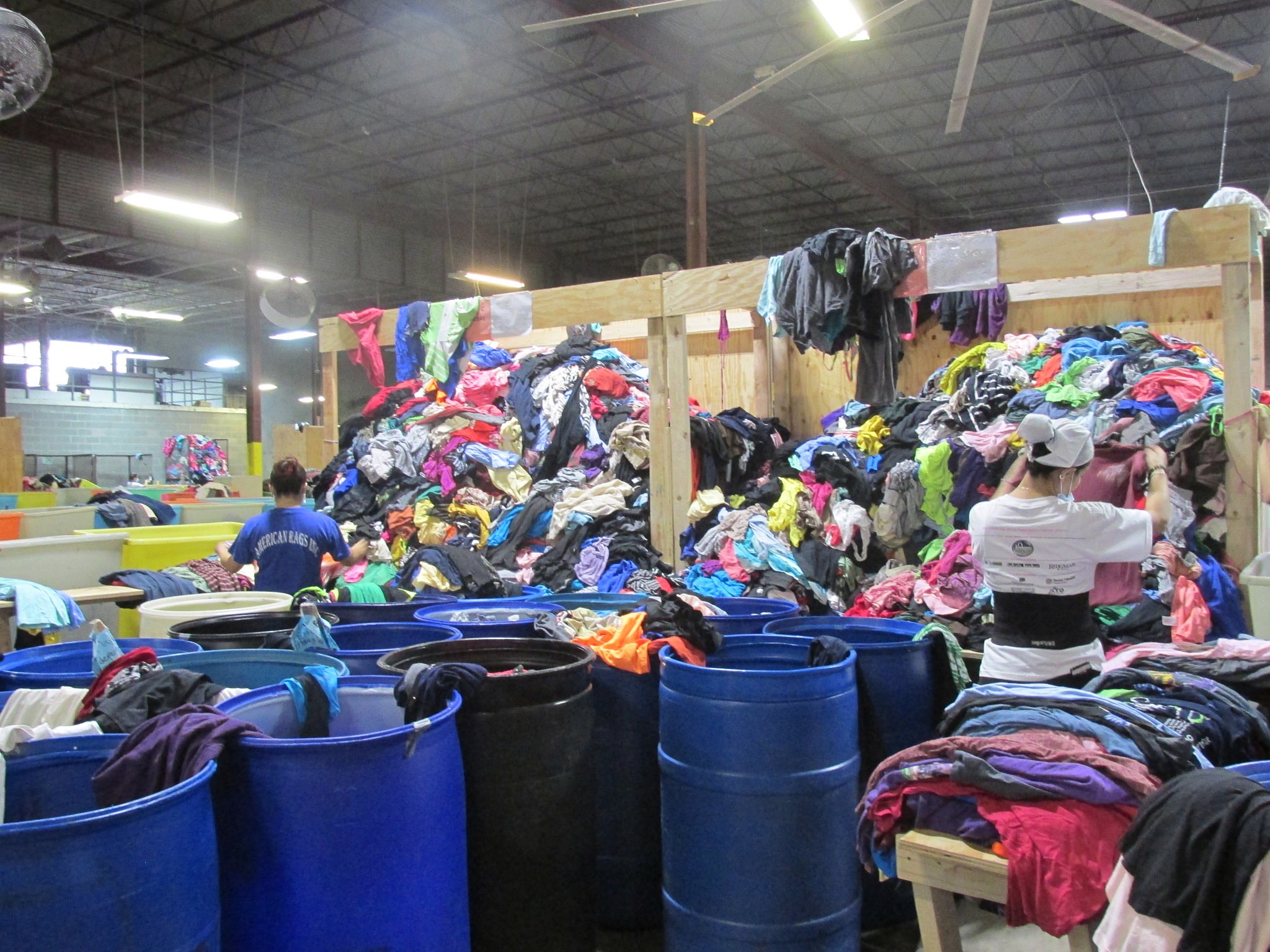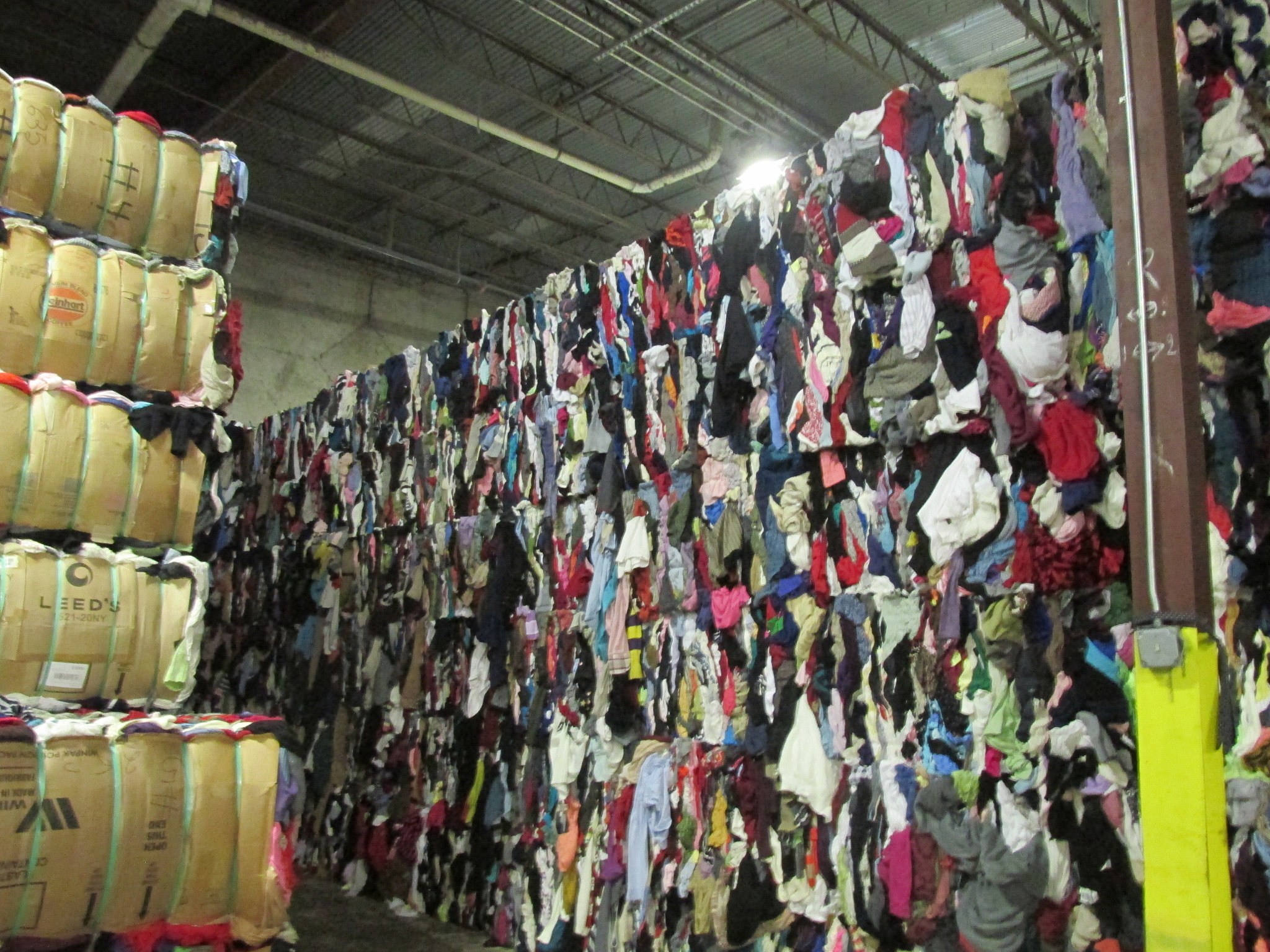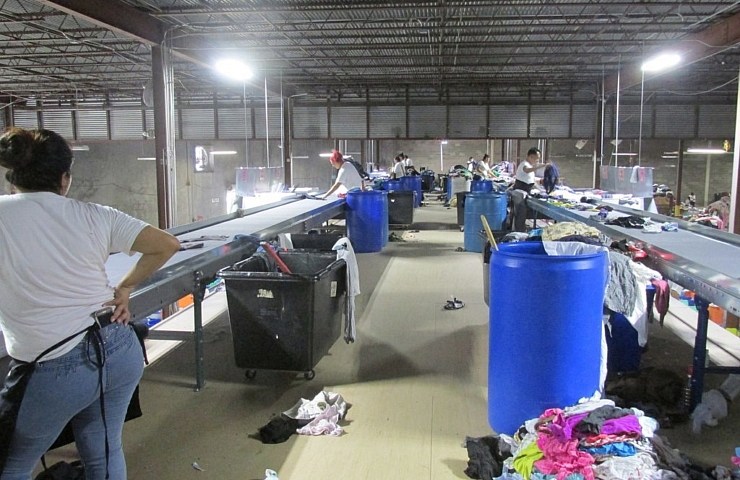For more stories like this, please check out our fashion issue, online today!
If you have any old clothes, you’re probably thinking about throwing them away. But, have you ever thought your clothes could be recycled?
That is the idea behind American Rags, a Houston business that started 30 years ago. Located in Northeast Houston and ten minutes away from the Ship Channel, this business is working toward reducing the number of clothes in landfills. Nazia Mirza inherited this business from her father five years ago, and thinks that if more people recycled their clothes our environment would be very different. Mirza is not wrong. According to the Council for Textile Recycling, out of the 25 billion pounds of textiles each year, only 15 percent is donated or recycled, and the rest ends up in landfills.
But, how does this happen? The process starts in second hand stores. These stores sell what they can, but what they can’t sell is bought by American Rags. When this is done, the clothes come in by the thousands.

When the clothes first arrive, they are sorted on a conveyer belt. | Ana Gonzalez/Cooglife
Maria De Leon is the quality control supervisor, and knows this process by heart. She started 16 years ago sorting out the clothes, but slowly climbed up the ladder and is now in charge of the recycling process. When the clothes arrive, they are put in a conveyor belt and the employees quickly sort them out in different categories like baby clothes, shirts, blouses, etc. Then, it is further sorted out by materials and size. The third step is the packaging. Packaging is done in different weights. They have packages ranging from 100lbs to 1000lbs. When the packages are done, they are put in trailers which can carry up to 35,000 pounds.
“We sort through 70,000 pounds a day, which is about 2 trailer loads. Each trailer has about 35,00 pounds. It’s a lot, but that’s how many clothes (there) are,” Mirza said.
Mirza said that it is two trailer loads per day, which are brought to the Houston Ship Channel and exported throughout the world. The clothes are distributed to different parts of the world. This includes Central and South America, South Asia and Africa.
Mirza wishes more people would donate their clothes. She thinks that climate change is pretty bad already, and she wants to stop furthering the problem.

Clothing is sorted by the type of material and size that they are. | Ana Gonzalez/Cooglife
“If people started throwing away all of their clothes…only God knows what would happen if everybody started doing that. But, thankfully we have these centers where people are donating clothes,” Mirza said. You can recycle almost anything, even if it’s torn or stained, it just has to be an absorbent material (polyester, for example, is not recyclable). The clothes are then sold to another business that cuts them and turns them into wiping rags. After they are cut and packaged, they are sold to paint and hardware stores, or automobile stores where they can be used.
For people who want to help their environment, this is one way to help. In some U.S. cities, they have already started a post-consumer textile recycling initiative to reduce the millions of clothes that end up in the trash.
As for Mirza, she has high hopes for the future. She has even thought about setting up a drop off box where people can come and give their clothes.
“That is something I am looking forward to” Mirza said.

Packets can be a number of different sizes. This is what a 1,000 pound packet looks like. | Ana Gonzalez/Cooglife





Recent Comments